If it is a goal of yours to have more ducks visiting ponds and other water features on your farm or ranch, these are some of the most important variables and management decisions to consider.
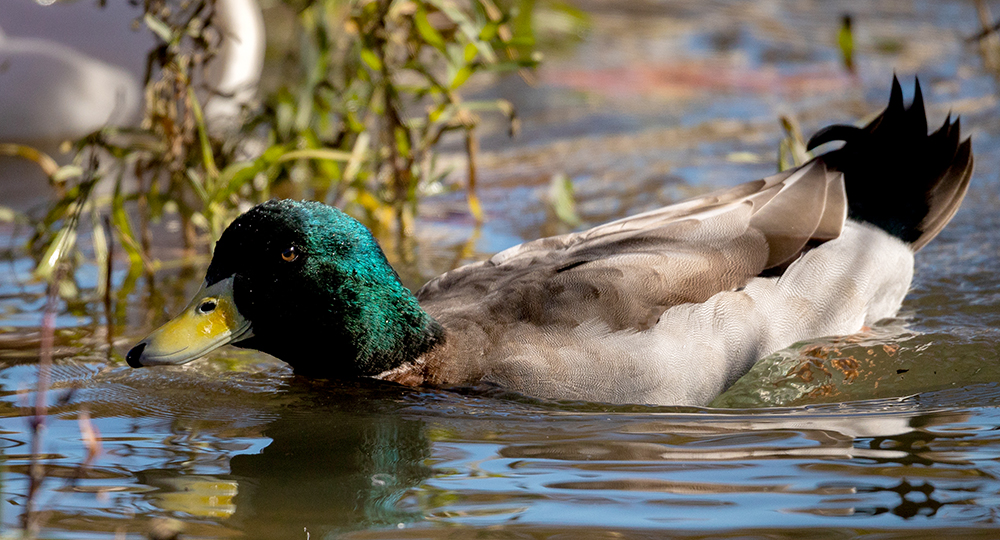
Location
Impoundments located close to major rivers, waterfowl refuges or preferred crops such as peanuts, rice or corn typically draw more ducks. Duck numbers seem to recharge more quickly following disturbances such as hunting when impoundments are located closer to such locales.
Remote impoundments exposed to minimal human activity usually hold more ducks than impoundments exposed to frequent human activity. However, ducks can learn to tolerate human activity when an impoundment is not hunted.
Size
Larger impoundments generally draw and hold more ducks than smaller impoundments.
Depth
Shallow impoundments draw more dabbling ducks than deep impoundments. Dabbling ducks prefer to feed by dipping their heads and breasts into the water to feed rather than diving completely underwater. Dabbling duck species include mallard, mottled, black, gadwall, wigeon, pintail, shoveler and teal. A significant percentage of an impoundment should be shallower than 3 feet to attract maximum numbers of dabbling ducks.
Water Quality
Clear water is better than muddy water for duck ponds. It encourages more aquatic plant growth and allows ducks to see food easier.

Plants
The presence of abundant duck food plants in water is probably the most important criteria for attracting dabbling ducks. Duck food plants include several submersed aquatic plants, emersed aquatic plants, floating aquatic plants, moist soil plants and flooded terrestrial plants. Clear, shallow water is generally the best approach to encourage submersed and emersed aquatic duck food plants in permanently flooded impoundments.
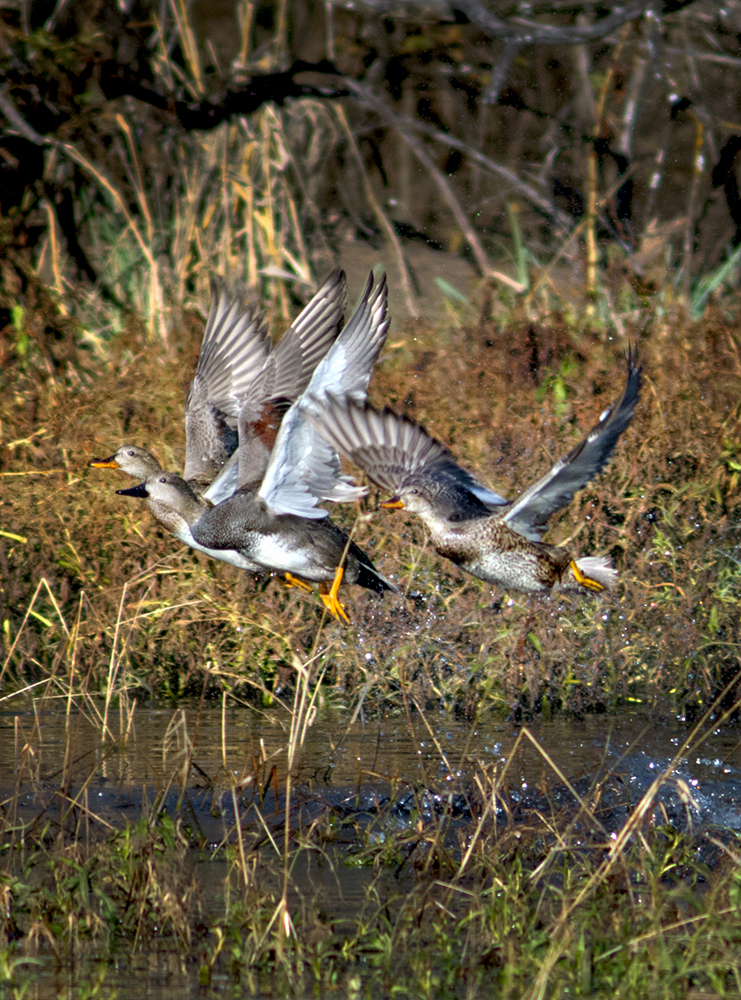
Livestock Impacts
Livestock activity in an impoundment can be neutral or negative depending upon the characteristics of the impoundment and the amount of impact. When livestock do not affect water clarity or plant community, their influence is usually neutral. Problems can occur when livestock muddy water and eliminate vegetation along the banks. Fencing can eliminate these problems. See Pond Fencing.
Drawdown
A new impoundment with waterfowl goals should include a drawdown structure that allows a manager to manipulate water levels. A drawdown structure allows a pond or marsh to be drawn down 1-3 feet during early spring and summer to encourage the growth of moist soil plants such as smartweeds, barnyard grass and sedges that provide food for dabbling ducks. The impoundment should be refilled during fall to place the moist soil plants in shallow water. However, drawdown for this purpose is not recommended in most of the U.S. unless a dependable water supply is available, due to inconsistent fall rains.
Hunting
Ducks should not be hunted too frequently at an impoundment because excessive hunting scares them away. I prefer a pond or marsh be hunted no more than once per week.
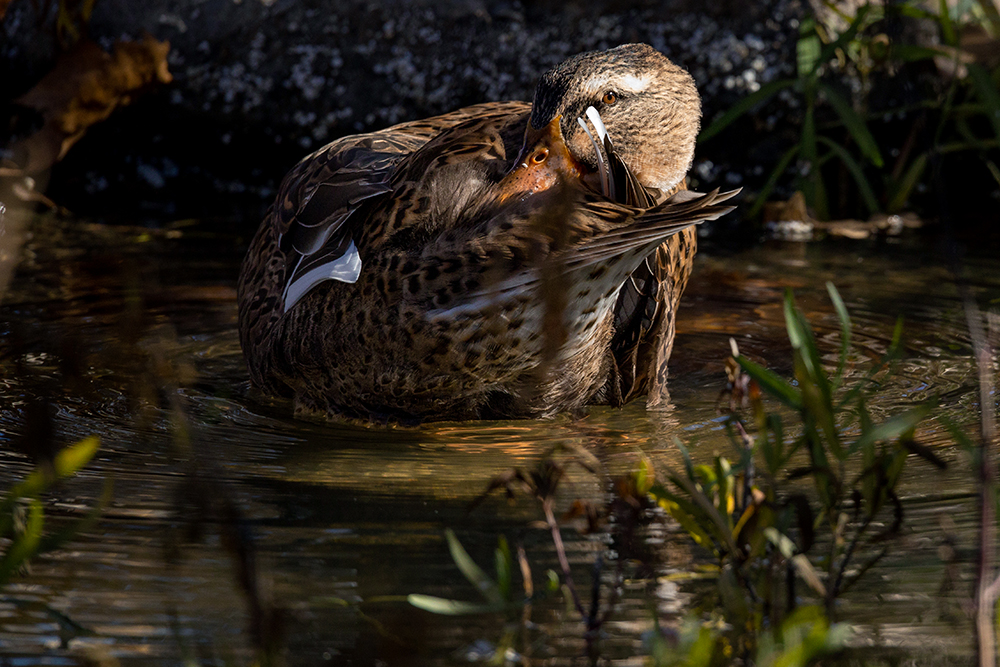
Exceptions
Ducks use a few ponds and marshes that do not fit any of these criteria, because some ducks simply select impoundments for resting or roosting purposes. Also, some impoundments with all these criteria may not have ducks at times when few or no ducks are in the area due to the vagaries of duck migration. However, impoundments with more of these beneficial characteristics generally attract more ducks and attract ducks more consistently than impoundments with few of these characteristics.
Assistance
Technical assistance for landowners wanting to build or manage impoundments for ducks is available from many state wildlife agencies, such as the Oklahoma Department of Wildlife Conservation and the Texas Parks and Wildlife Department, and some federal agencies such as the USDA Natural Resources Conservation Service, and U.S. Fish and Wildlife Service. Cost-share assistance for wetland restoration, waterfowl marsh construction or waterfowl management has been available from several sources, such as some state programs such as the Oklahoma Department of Wildlife Conservation Wildlife Habitat Improvement Program, the Natural Resources Conservation Service Wetland Reserve Program, the Natural Resources Conservation Service Environmental Quality Incentives Program and the U.S. Fish and Wildlife Service Partners for Fish and Wildlife Program. The amount of cost-share varies depending upon the program, size and type of project, and wildlife species benefiting from the project.
For more information about managing impoundments for ducks, see 3 Ways to Attract More Ducks to Your Pond.
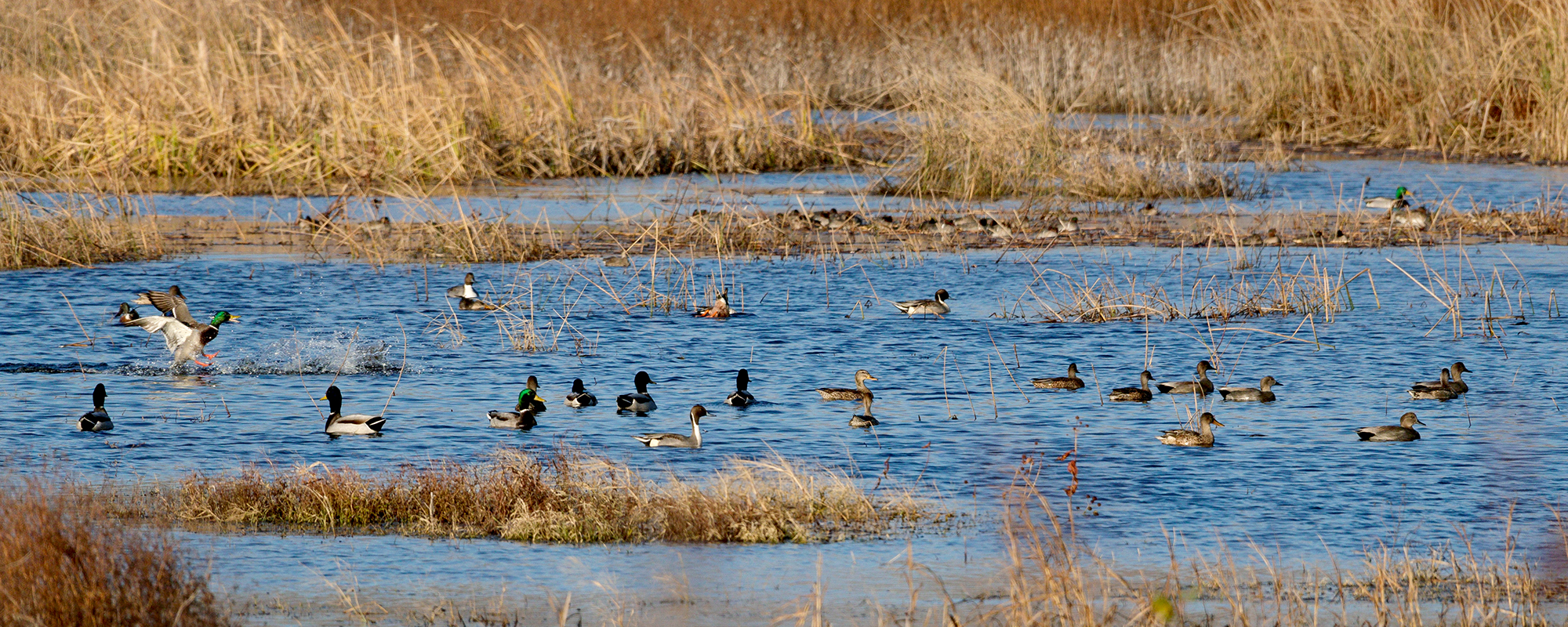
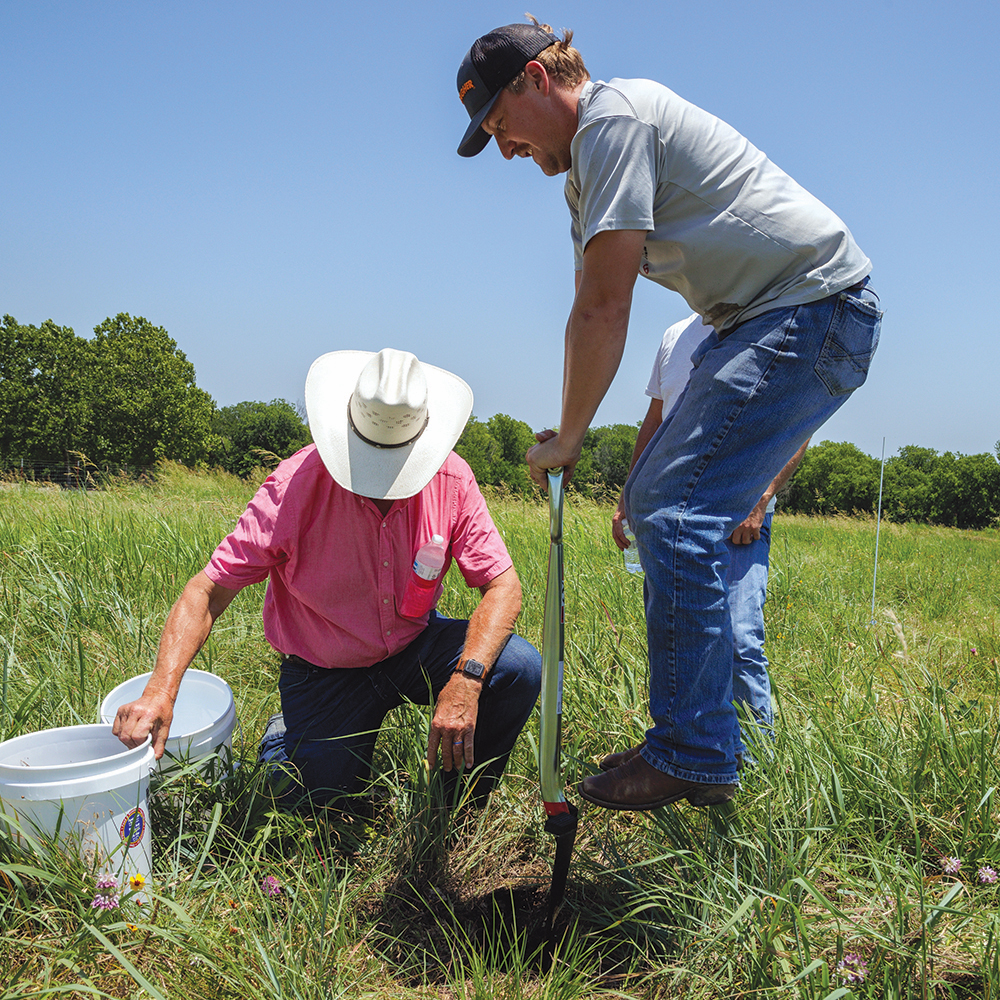
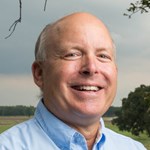
Comments